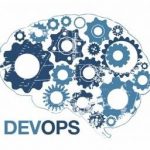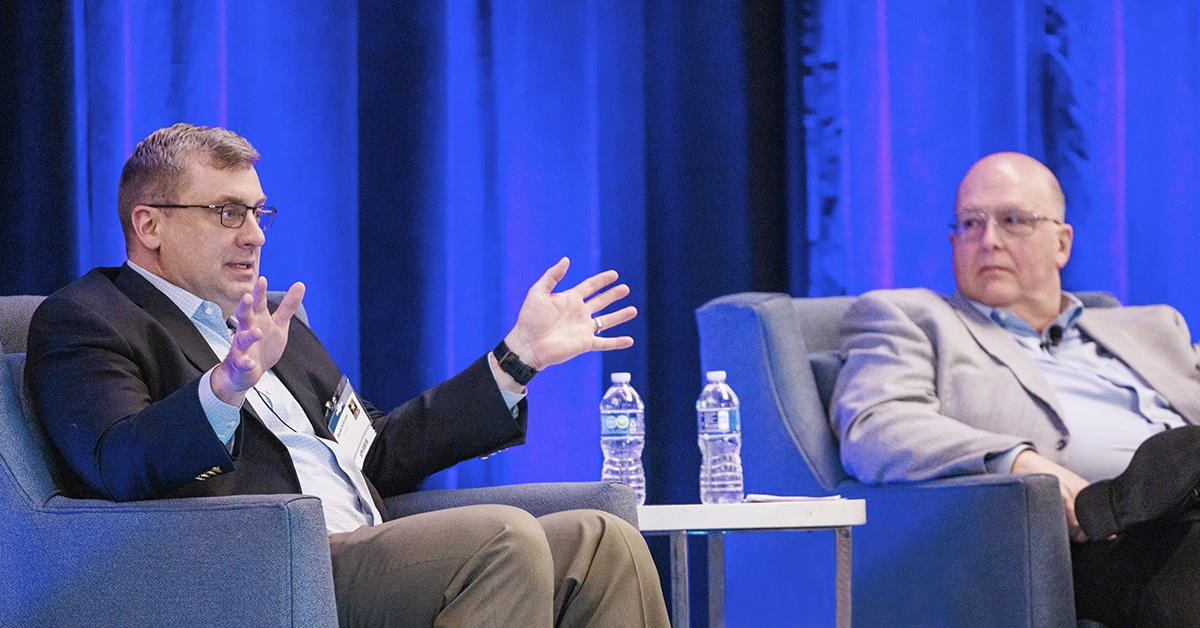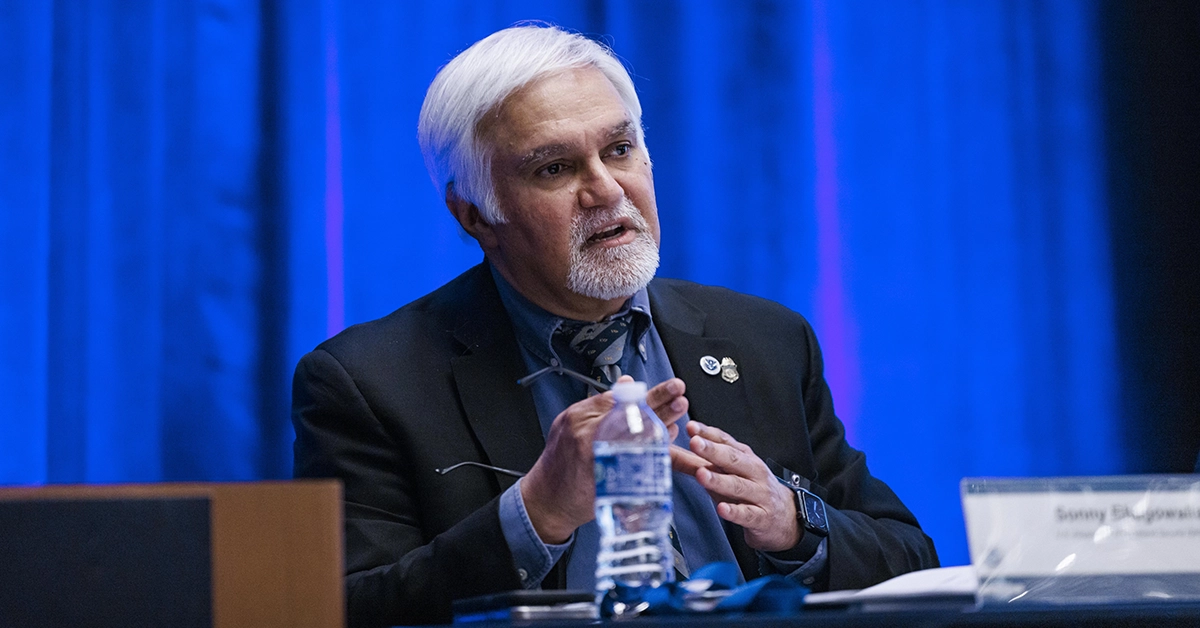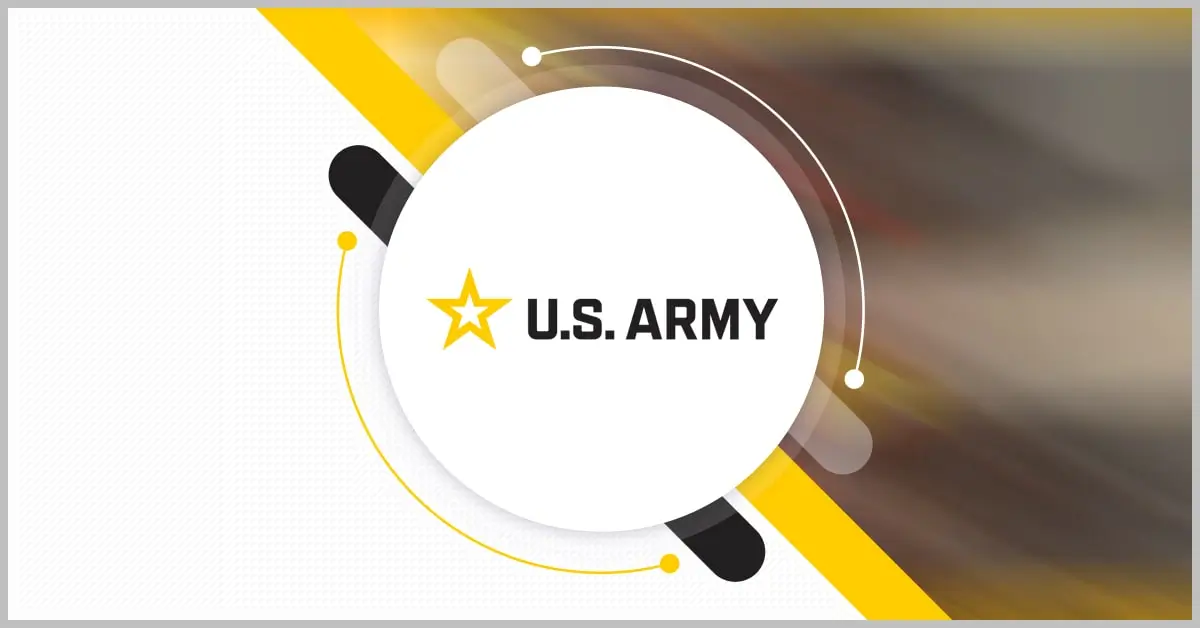The U.S. Army is constantly trying to keep pace with an evolving adversary, which creates challenges in the combat environment with the readiness of our forces and their ability to regain readiness against an enemy that can challenge us across the board.
The key to innovating is the speed of integrating and exploiting innovative technology into the digital battlefield through investments such as open architecture, DevSecOps, APIs, next generation governance and converged data platforms.
In order to address the challenges and priorities of iterative solutions within the battlespace, Potomac Officers Club (POC) will host Weaponizing Data Across the Digital Battlefield Virtual Event on August 11th to discuss the U.S. Army’s initiatives and capabilities concerning the changing defense landscape. Click here to register for the virtual event.
The event will feature two keynote speakers, MG Peter Gallagher and BG Rob Collins with the U.S. Army, as well as an expert panel, moderated by Michael Davenport, senior vice president with Booz Allen Hamilton. The speakers will discuss the Army’s need to leverage and integrate the latest emerging technologies to deliver faster and more secure solutions.
Army’s Investments in Open Architecture

The Army’s science and technology community has begun to develop a common open architecture framework that will simplify and modernize platform integration. The C4ISR/Electronic Warfare Modular Open Suite of Standards (CMOSS) is a modular open systems architecture (MOSA) that will converge Army warfighting capabilities.
The system will combine mission command, movement and maneuver, and fires onto a single platform, versus the current method of integrating a variety of separate capability boxes into vehicles.
“Today, there are redundant subsystem components; complex, costly and heavy cabling; excessive heat generation; and often limited space on the platform for Soldiers,” said Jason Dirner, an electronics engineer with the U.S. Army Combat Capabilities Development Command (CCDC), C5ISR Center. “CMOSS establishes a universal A-Kit that minimizes the need for platform-specific integration.”
CMOSS will also define open interfaces that allow sensors, processors and displays to be shared with systems, reducing the size, weight, power and cost (SWaP-C) challenges associated with vehicle-based mission command and radio technologies.
The system could be advanced as smart phones have advanced. Through apps development and hardware advancements internal to the phone, a smart phone user can conduct video chat, mobile payments and a host of other capabilities. As CMOSS matures as a fielded system, it sets the foundation for other warfighting capabilities to enter into this environment, such as electronic warfare systems.
DevOps and DevSecOps: Developing Secure Innovations
 DevOps is a practice to advance agile practices for the software development lifecycle (SDLC). The goal of the application is to deliver software in short, efficient cycles and automate the development and software delivery process.
DevOps is a practice to advance agile practices for the software development lifecycle (SDLC). The goal of the application is to deliver software in short, efficient cycles and automate the development and software delivery process.
DevSecOps will integrate security practices early during the SDLC processes within an Agile framework, including code analysis, compliance monitoring, threat investigation and vulnerabilities assessments. The new security policies within the agile framework will ensure the codebase is secure from its inception, and will require continuous testing and evaluation.
The COVID-19 pandemic has increased demand and competitiveness for modern digital experiences and required innovation as to how to build and integrate software faster. With DevSecOps, platforms will be able to model data and workflows to connect developers and IT continuously all along the development and delivery process.
DevOps and DevSecOps have the ability to accelerate and scale innovation, while still maintaining compliance and security. Adopting a platform-based approach to DevOps will enable organizations and agencies to reduce time-to-approval of new features to effectively drive digital transformation.
Army’s Integration of APIs

The Army’s Program Executive Office for Command, Control and Communications-Tactical (PEO C3T) has leveraged its Unified Network Operations Middle Tier Acquisition (UNO MTA) authority to develop new capabilities that will advance soldier communication.
“Our new user-friendly Network Operations planning and management software prototype tools work hand-in-hand to initialize, plan and load a brigade’s worth of radios faster than ever before,” said Nicholas Milano, assistant product manager for Tactical Cyber & Network Operations, Project Manager Tactical Network, assigned to PEO C3T. “Each integrated piece of software works in unison in an end-to-end network planning and initialization workflow.”
Within the Army’s new suite of offerings, the service branch has developed Application Programming Interfaces (APIs) to enable applications to communicate with each other. Of the prototypes, the Army has launched Codex, an authoritative database with a common data model and open APIs to enable standard access to the data product network design.
The Army also introduced Atom, a simplified radio planner that will provide intuitive workflow and an open API that will utilize the data product network design to provide a radio waveform plan. The prototype will inform enhancements and future capability and fielding decisions on the final new solution to support existing and emerging planning requirements.
The Power of Data in Warfare

The Army’s network, communication and cloud capabilities must provide quick delivery of data to augment defense initiatives to prepare for the future battlefield. “What we build now must be survivable in that fight,” James McPherson, under secretary of the U.S. Army said. “It must be mobile, it must support, see on the move and … it must be tailorable.”
The service branch will investigate new ways to protect data to become the “ammunition for success on the battlefield,” McPherson added. The Army’s information and intelligence assets will provide an advantage over adversaries.
The Army has to migrate data to hybrid and multiple cloud ecosystems to easily access and secure its data. By providing real-time access to communication centers, weapons systems and control nodes, the service branch will gain greater control of the service’s data.
“Data, the ammunition of the future fight, is a strategic asset of the Army,” McPherson said. “Our data provides us a competitive advantage over adversaries. As with any strategic asset, we must manage and protect our data.”

Join Potomac Officers Club for the Weaponizing Data Across the Digital Battlefield Virtual Event to learn more about the latest initiatives and modernization plans for the U.S. Army. Do not miss this must-see opportunity to hear from notable leaders on modernization and innovation.
Click here to register for Weaponizing Data Across the Digital Battlefield Virtual Event.






